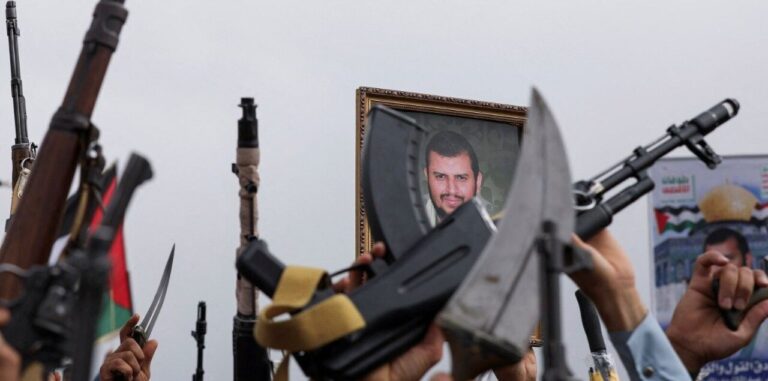Donald Trump’s Controversial Leadership: A Deep Dive into Misrule of Law
In a recent statement, US Vice President J.D. Vance made a bold declaration that “judges aren’t allowed to control the executive’s legitimate power.” This remark has raised eyebrows and ignited discussions, as it challenges the long-standing principle that courts have the final say in interpreting laws. This tension highlights a significant constitutional crisis in the United States, especially in the context of President Donald Trump’s controversial executive actions.
At the core of this issue is a fundamental understanding of the nature of national elections versus constitutional conventions. Constitutional conventions serve as pivotal moments that establish the foundational norms and procedures governing state power. For instance, during the 1787 Constitutional Convention, a framework was developed that not only created a democratic federal republic but also imposed essential limits on government actions, safeguarding individual rights and ensuring principles of due process and equal protection.
The US Constitution underscores the necessity of three co-equal branches of government—executive, legislative, and judicial—each with distinct roles:
- Legislative Branch: Responsible for policymaking and federal funding.
- Executive Branch: Implements policies and ensures national security.
- Judicial Branch: Interprets laws and the Constitution.
Through the democratic process, citizens elect representatives to uphold this constitutional framework. Notably, elected officials cannot unilaterally alter this system; they cannot cancel elections or disregard the outcomes of free and fair voting. Additionally, they are bound to respect individual rights and adhere to principles of due process and equal protection.
The situation becomes complex when an elected official, such as the president, assumes that their interpretation of the Constitution takes precedence over that of the Supreme Court. This contention first emerged in the early years of the nation and was notably addressed in the landmark case of Marbury v. Madison (1803).
In this pivotal ruling, Chief Justice John Marshall articulated that “Questions, in their nature political or which are, by the Constitution and laws, submitted to the Executive, can never be made in this court.” Conversely, he asserted that legal matters, particularly those involving constitutional interpretation, fall squarely within the judiciary’s domain.
The significance of the Marbury decision lies in its declaration that it is the judiciary’s responsibility to determine the meaning of the law. “It is emphatically the province and duty of the Judicial Department to say what the law is,” Marshall stated. This principle ensures that if there is a conflict between laws, it is the courts that must resolve the issue.
For the first time, the Supreme Court established its authority to have the final word on constitutional matters, asserting its supremacy over both the legislature and the executive branch. However, this authority has faced challenges throughout history. For example, in Worcester v. Georgia (1832), the Supreme Court ruled that the Cherokee Nation was an independent political entity, thus exempt from Georgia laws. President Andrew Jackson’s purported response—“John Marshall has made his decision, now let him enforce it”—illustrates the tension between executive power and judicial authority.
The consequences of such defiance were severe. The forced relocation of the Cherokee people, known as the Trail of Tears, resulted in the tragic loss of thousands of lives. In contrast, during the desegregation efforts following Brown v. Board of Education (1954), President Dwight D. Eisenhower intervened decisively, sending federal troops to protect Black students from segregationists, showcasing the power of the executive branch to uphold judicial decisions.
The current American political landscape mirrors these historical dilemmas. The pressing question is not just about policies enacted by elected officials but whether they can effectively alter the constitutional framework itself through actions or inactions.
Despite Vice President Vance’s assertions, it is crucial to recognize that the US constitutional order firmly establishes that “it is emphatically the province and duty of the courts [not the Executive] to say what the law is.” By asserting its supremacy, the executive branch, particularly under Trump, risks undermining the vital system of checks and balances designed to prevent the concentration of power.
Trump’s administration lacks the constitutional authority to enact such changes, highlighting the importance of public engagement in preserving the democratic republic. The American populace must reclaim their sovereign power through elections, protests, and collective action to ensure the foundational principles of governance remain intact.
Richard K. Sherwin, a Professor Emeritus of Law at New York Law School, emphasizes the need for vigilance in protecting the constitutional order that has been the bedrock of American democracy.
(Source: Project Syndicate)






